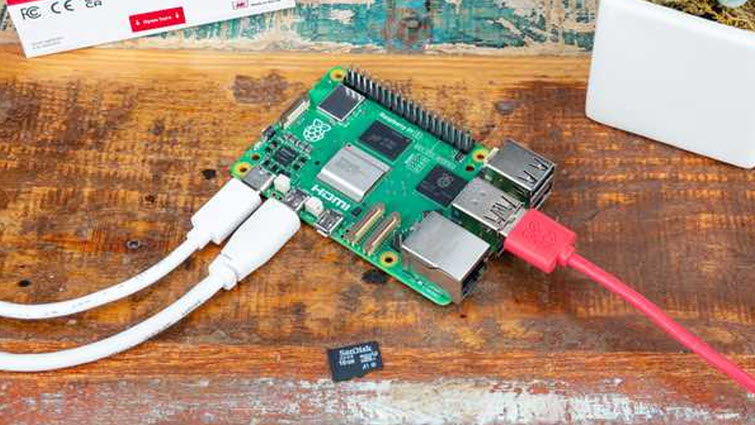Top 5 hacking tools that can fit in your pocket
- November 4, 2024
- Posted by: claudia
- Categories:

The article delineates the collaborative dynamics between blue teams, which defend against cyber threats, and red teams, which simulate attacks to identify security vulnerabilities in organizations. Through exercises involving both teams, organizations can uncover and address gaps in their defenses, enhancing their capability to thwart real attacks. The discussion pivots towards cutting-edge tools designed for red teamers and ethical hackers, spotlighting five compact devices that can significantly aid in cybersecurity efforts.
The first highlighted tool is the Raspberry Pi 5, an immensely versatile and affordable single-board computer favored by security professionals and hobbyists. Its adaptability allows it to perform tasks ranging from network sniffing to running automated security tests, making it valuable for penetration testing, particularly in analyzing Internet of Things (IoT) devices. The Raspberry Pi supports various operating systems tailored for security purposes, such as Kali Linux, which comes pre-loaded with tools for network scanning and vulnerability assessment. Several specific projects utilizing the Raspberry Pi for security testing are noted, including FruityWifi for wireless network auditing and PwnPi, optimized for pentesting.
Next, the article introduces HackRF One, a powerful software-defined radio device that enables users to both transmit and receive signals across a wide frequency range (1 MHz to 6 GHz). This capability facilitates extensive experimentation with various wireless communication formats, helping professionals evaluate security in wireless systems, conduct replay attacks, and analyze the vulnerabilities of IoT devices. Its portability is emphasized, allowing for practical applications in fieldwork.
The WiFi Pineapple is presented as a unique gadget designed for probing wireless networks. Acting as a rogue access point, it attracts unwitting users, making it an effective tool for evaluating wireless security. The device operates on a custom Linux-based system, Pineapple OS, which is equipped with robust tools for executing evil twin attacks, conducting deauth tests, and enhancing security assessments.
The article then discusses the Deauther Watch, a wearable device that specializes in executing Wi-Fi deauthentication attacks. By disrupting connections between devices and routers, it aids security professionals in identifying vulnerabilities through features like Wi-Fi scanning and monitoring. Its underlying ESP8266 technology allows for the testing of 2.4 GHz Wi-Fi networks, contributing to enhanced awareness of security flaws.
Lastly, Ubertooth One is highlighted for its role in monitoring and analyzing Bluetooth communications. This open-source tool goes beyond standard Bluetooth adapters, supporting scenarios that include sniffing sensitive information and evaluating Bluetooth-enabled IoT devices. Its functionality includes compatibility with both Bluetooth Low Energy (BLE) and Classic Bluetooth protocols, broadening its applicability in security testing endeavors.
In conclusion, the article underscores the ethical implications associated with using these tools, stressing the importance of employing them within sanctioned environments such as controlled testing spaces or educational contexts. Unauthorized use of these devices is legally questionable in many regions and can result in significant repercussions. Organizations are encouraged to adopt a multifaceted approach to cybersecurity, incorporating both technical measures and user education to safeguard against the misuse of such technologies.
